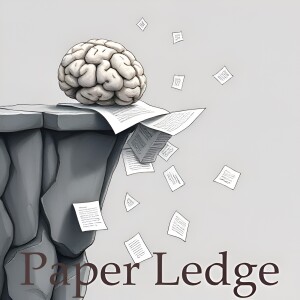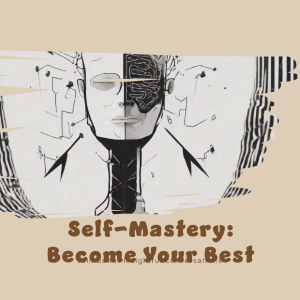

Robotics - Learning Affordances at Inference-Time for Vision-Language-Action Models
Hey PaperLedge crew, Ernis here, ready to dive into some seriously cool robotics research! Today, we're talking about how robots can learn from their mistakes – just like us!
Think about learning to ride a bike. You probably didn't nail it on the first try, right? You wobbled, maybe fell, and then you thought, "Okay, I need to lean more forward" or "I need to pedal faster." That’s you learning from experience. Now, how do we get robots to do the same?
That's where this paper comes in. Researchers have been working on Vision-Language-Action models, or VLAs, which are like giving robots eyes (vision), the ability to understand instructions (language), and the power to actually do things (action). Imagine telling a robot, "Pick up the red block and put it in the blue bin." A VLA should be able to do that.
But here's the problem: these VLAs often struggle when things don't go according to plan. They're not great at adapting on the fly. If the red block is stuck, a regular VLA might just keep trying the same thing over and over. Frustrating, right?
That's where LITEN, or Learning from Inference-Time Execution, steps in. Think of LITEN as the robot's "thinking cap" that it puts on after it tries something. It's like a supervisor for the VLA. Here’s how it works:
- First, the VLA gets an instruction and tries to execute it.
- Then, LITEN kicks in. It looks at what happened – the robot's movements, what it saw, everything – and tries to figure out why it succeeded or failed.
- Finally, LITEN uses this information to adjust the robot's future plans. It's like saying, "Okay, that didn't work. Next time, let's try this instead."
The secret sauce? LITEN uses a powerful Vision-Language Model (VLM) at the "thinking" stage. This VLM can understand complex situations and learn from them, by adding information about what went wrong into the instructions that are sent to the VLA. It's like adding notes to a recipe: "If the dough is too sticky, add more flour."
Now, you might be thinking, "Why is this so hard? Can't we just let the robot watch videos of itself failing?" Well, the real world is messy! Unlike a perfectly controlled video game, robot videos are unstructured. LITEN needs "guiderails" to help it make sense of things. This is a major challenge that this research addresses.
"LITEN must reflect on unstructured real-world robot trajectories (e.g., raw videos), which requires structured guiderails during assessment."
The researchers showed that LITEN actually works! Robots using LITEN were much better at completing long and complicated tasks because they learned from their past experiences. They were able to figure out the best ways to use their abilities, which is what the researchers call "high-affordance instructions."
So, why does this matter?
- For robotics engineers: LITEN offers a practical way to improve the performance of robots in real-world scenarios.
- For AI enthusiasts: It shows how we can build more adaptable and intelligent AI systems.
- For everyone else: Imagine robots that can help with everyday tasks, learn new skills quickly, and adapt to changing environments. That's the future this research is helping to build!
Here are some things that I'm thinking about:
- How far can we push this? Could LITEN eventually allow robots to learn entirely new skills on their own, without any human instruction?
- What are the ethical implications of robots that can learn and adapt so quickly? How do we ensure they're used responsibly?
- Could this approach be adapted to other areas of AI, like self-driving cars or medical diagnosis?
That's all for today's deep dive into robotics! I hope you found it as fascinating as I did. Until next time, keep learning, keep exploring, and keep asking questions!
Credit to Paper authors: Ameesh Shah, William Chen, Adwait Godbole, Federico Mora, Sanjit A. Seshia, Sergey Levine
More Episodes
All Episodes>>Create Your Podcast In Minutes
- Full-featured podcast site
- Unlimited storage and bandwidth
- Comprehensive podcast stats
- Distribute to Apple Podcasts, Spotify, and more
- Make money with your podcast












